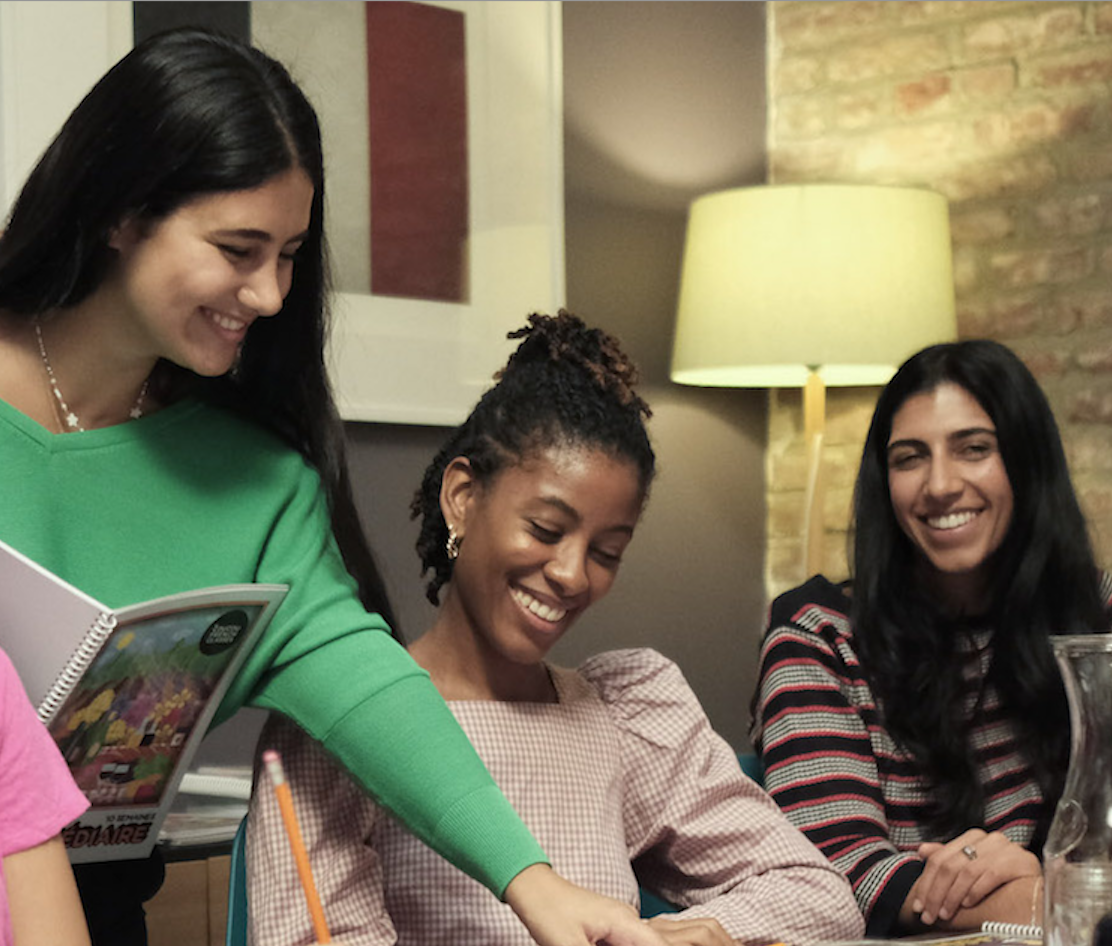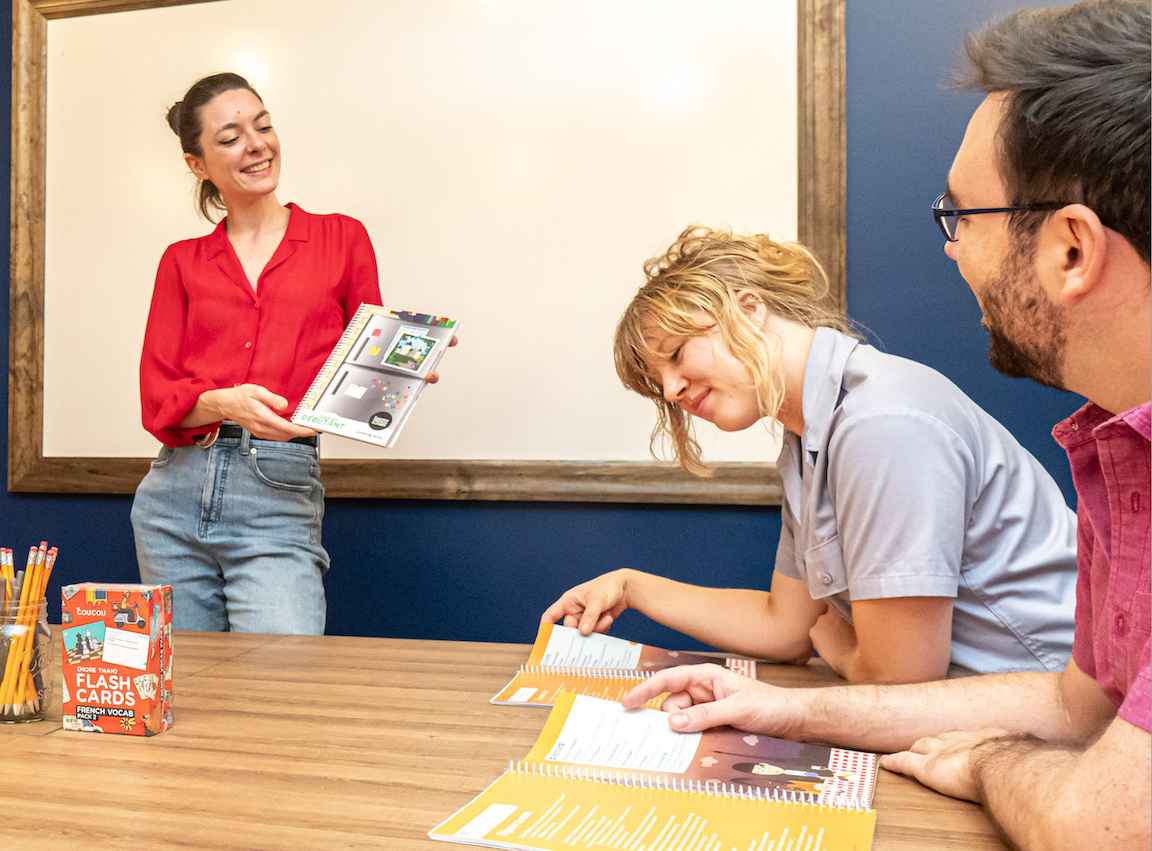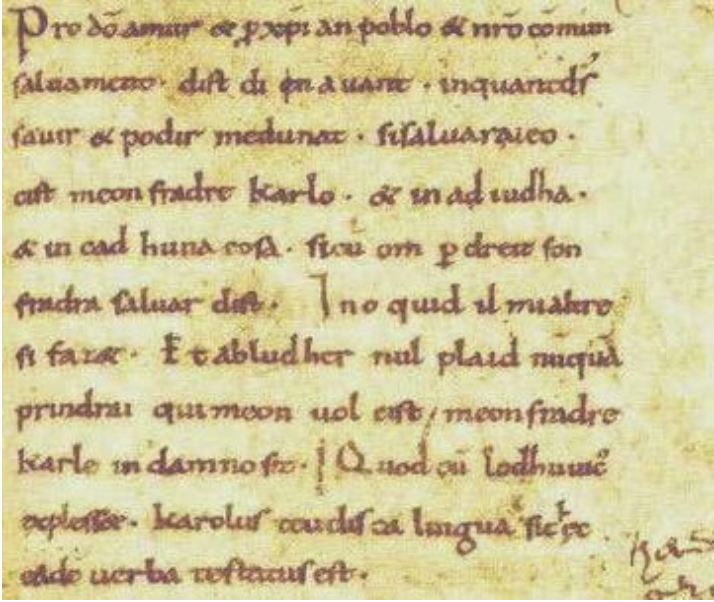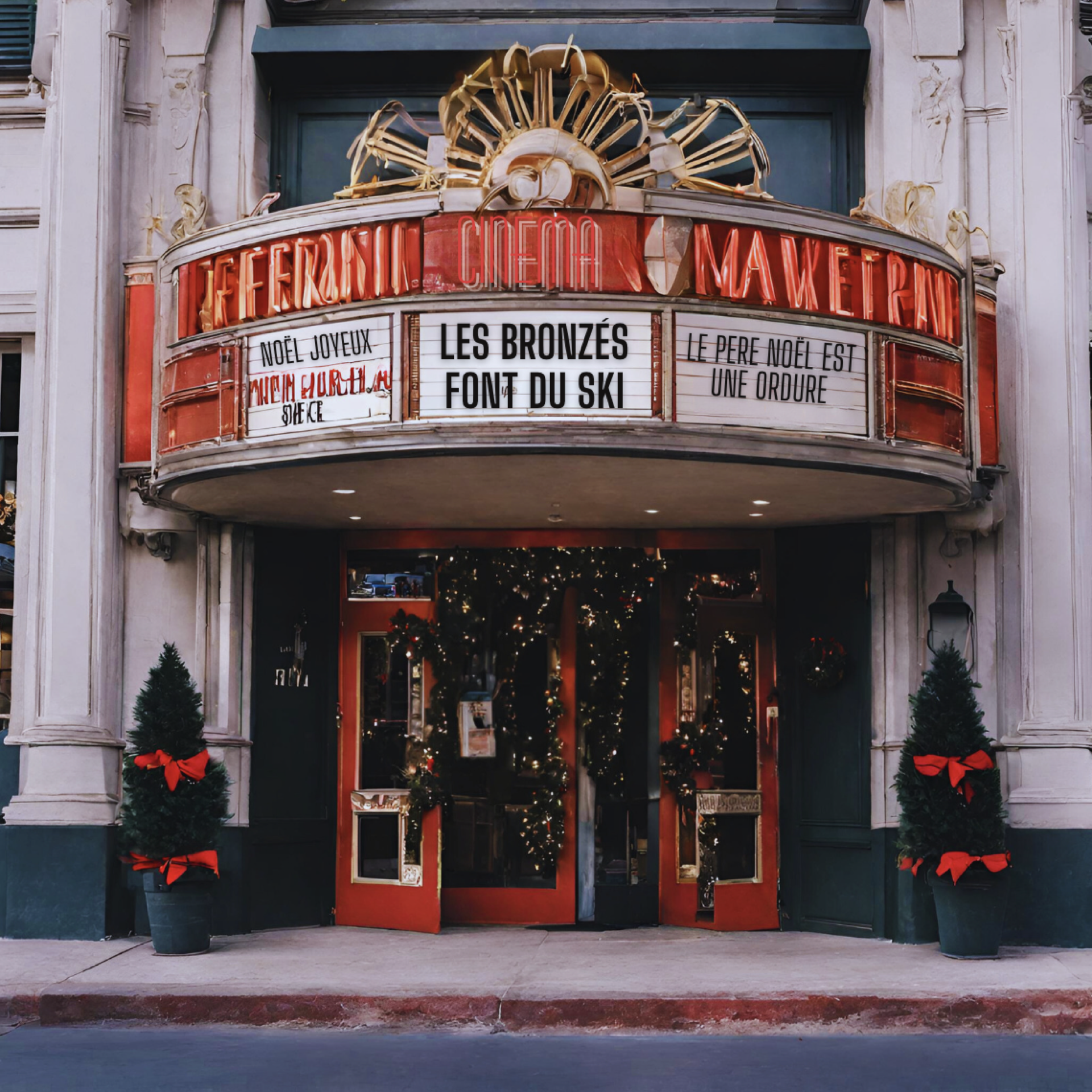The winter edition of our bilingual magazine La Gazette is out! You can come get your free copy of the magazine at our NYC and LA locations or get it shipped directly to you with the Gazette Subscription! Here’s a sneak peek of the issue…
In part one of this article, we went on an exploration of women’s place in the art world and their under-representation throughout art history. Thanks to the efforts of many women and activists, the art world has been gradually attempting to give women artists the importance and the room they deserve. More and more museums and galleries around the world are devoting exhibitions and retrospectives to women artists. In part 2, we’re introducing you to five female French artists who have left a significant mark on the art world yet remain little-known! C’est parti !
By Stephanie Hemmer
CAMILLE CLAUDEL (1864-1943)
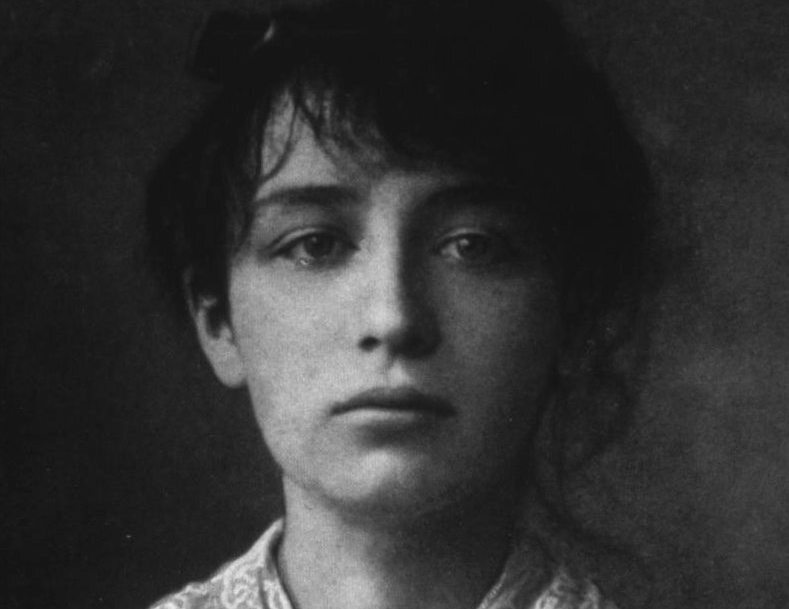
Camille Claudel was one of the few female sculptors of late 19th-century France. She created her first clay sculptures when she was only twelve years old. In 1881, at the age of 17, she started her apprenticeship in Paris with the sculptor Alfred Boucher. A few years later, he introduced her to Auguste Rodin, and she became his collaborator. The two artists soon began a romantic relationship.
This collaboration marked a turning point in Camille Claudel’s career. She gained access to more noble materials such as onyx and marble, and devoted all of her time to artistic creation. Her sculptures emphasize movement, expression and gesture. They evoke a wide range of human emotions such as love, passion, abandonment and the passing of time.

Camille Claudel’s atelier 1885-87 by William Elborne; The mature age (1899); Sakountala, dite Vertumne et Pomone (1905)
At the end of the 19th century, her separation from Rodin was followed by her brother’s departure for the United States. Despite personal and professional difficulties, Claudel did her best to pursue her career as an artist. The year 1913 marked the beginning of a tragic end for the 48-year-old sculptor. Her mother decided to commit her to an asylum, where she remained until her death thirty years later. Camille Claudel was long forgotten. It was only in the 1980s that her career began to be properly researched.
Practice your French!
- Listen to this podcast about Camille Claudel’s fascinating and tragic life.
- Watch this short video about Camille’s tumultuous relationship with Auguste Rodin.
- There were two movies made about her life, the first one in 1988 with Isabelle Adjani as Camille and the second, in 2013, starring Juliette Binoche.
- Visit the Camille Claudel Museum in Nogent-sur-Seine, next time you’re in France.
SONIA DELAUNAY (1885-1979)
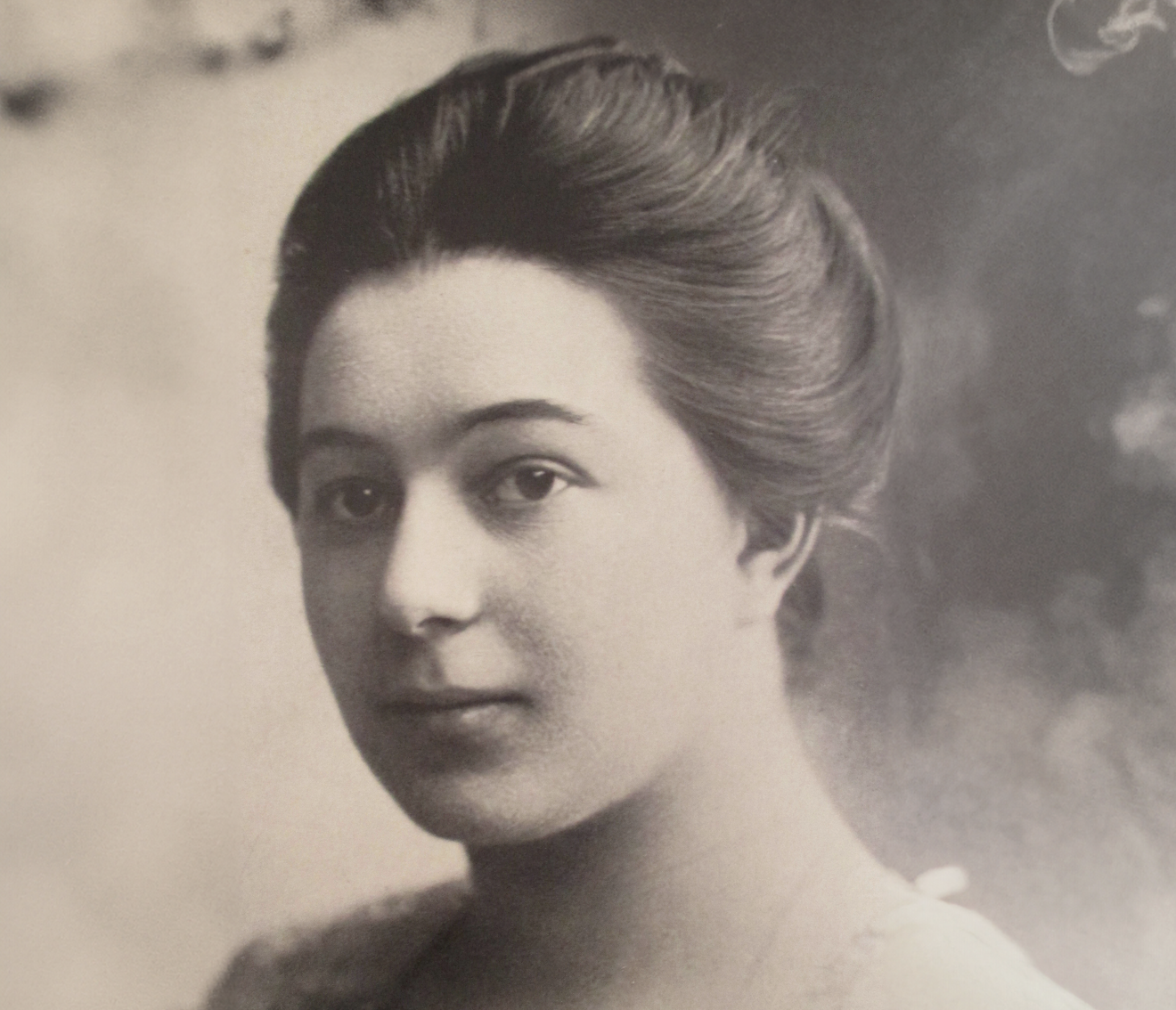
Sonia Delaunay, born Sarah Terk, was born in Ukraine but adopted and raised by her uncle in Saint Petersburg in an artistic environment. She studied at the Beaux-Arts in Karlsruhe, Germany, and decided to move to Paris in 1905, convinced of the city’s importance in the art scene. There, she met Robert Delaunay, who she married in 1910. Together, they founded Orphism, also known as Simultaneism, a pictorial movement characterized by the use of bright colors and geometric shapes.

Market at Minho (1915); fashion illustration (1920s); Prismes électriques (1915)
Sonia painted and created many decorative art objects, as well as textiles: her first dress dates back to 1913. Through her dresses, she brought abstract and modern painting into daily life. At the same time, she designed sets and costumes for theater and film. In 1918, she opened an interior design shop in Madrid, Casa Sonia, through which enable her to expand not only her career in interior design, but also her textile practice. She built her international reputation by working with New York.
In the 1930s, Delaunay and her husband joined the Abstraction-Création group, which stood up for non-figurative art. Robert Delaunay died in 1941, and Sonia left for Grasse until the end of the war. Back in Paris in 1946, she co-founded the Salon des Réalités Nouvelles and began painting again in the 50s. In 1964, an exhibition of her work was held at the Musée du Louvre. She was the first woman to have a retrospective at the Louvre in her lifetime, but she had to wait until the age of 82 before finally being considered an artist.
Practice your French!
- Listen to this podcast about Sonia’s life, from Ukraine to France.
- Watch this fun video created by Le Centre Pompidou which analyzes Sonia’s colorful painting “Le Bal Bullier”
- Watch this short video about her relationship with husband and artist Robert Delaunay.
CLAUDE CAHUN (1894-1954)*
*out of respect for the artist and their career we’ll be using the gender-neutral pronoun “they”
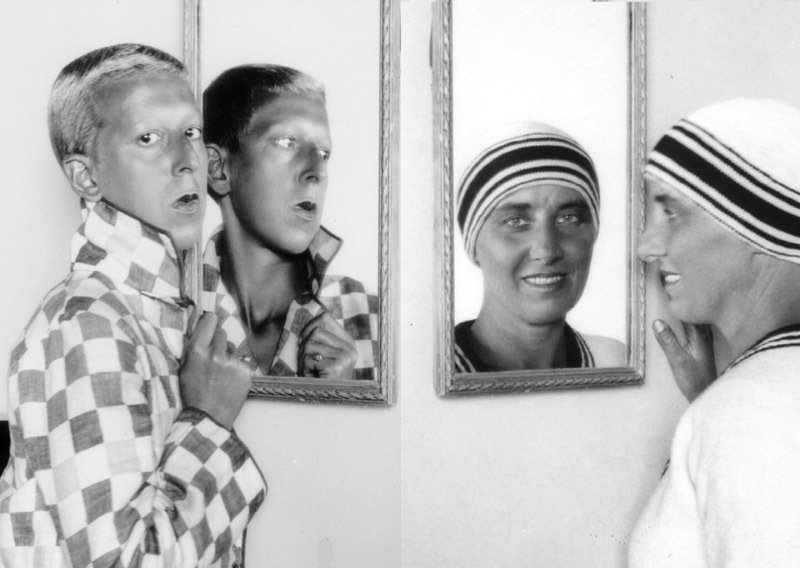
Claude Cahun, born Lucy Shwob, was a French photographer, actor and writer. Born in Nantes, they studied literature and philosophy in Paris between 1917 and 1918. It was also around that time that the artist decided to take the name of Claude Cahun. Thanks to the support from their father, a newspaper publisher, they began publishing their poems under the pseudonym Claude Coulis. In 1922, they lived with their partner Suzanne Malherbe, better known as Marcel Moore.
In their self-portraits, which they began in 1915, the artist raised questions of identity, gender and self-representation. They played with the social constructs of the time around the masculine and feminine, reappropriating them in their own way. They photographed themself with short, long and shaved hair, and dressed up using costumes and make-up.

I.O.U. (Self-Pride), (1929–30); SelfPortrait, from Bifur, n5; untitled self portrait (1929); I extend my arms (1932)
Between real and imaginary, the artist joined the Surrealist movement for a time. Their book Aveux non avenus, written in 1930, brings together photographs, stories, poems and photomontages.
In 1939, at the start of the war, Claude Cahun and Marcel Moore took refuge on the island of Jersey. They had joined the resistance and narrowly escaped the Gestapo, but many of their works were unfortunately destroyed. Their work was long forgotten after the war, but rediscovered in the 1990s.
Practice your French!
- Listen to this podcast series about Claude Cahun and Marcel Moore’s relationship and how they joined La Résistance during WWII.
- Watch this video for a deep dive into the artworks of Claude Cahun and Marcel Moore.
- Read and listen to this excerpt fromClaude Cahun’s book “Aveux non-Avenus“.
DORA MAAR (1907-1997)
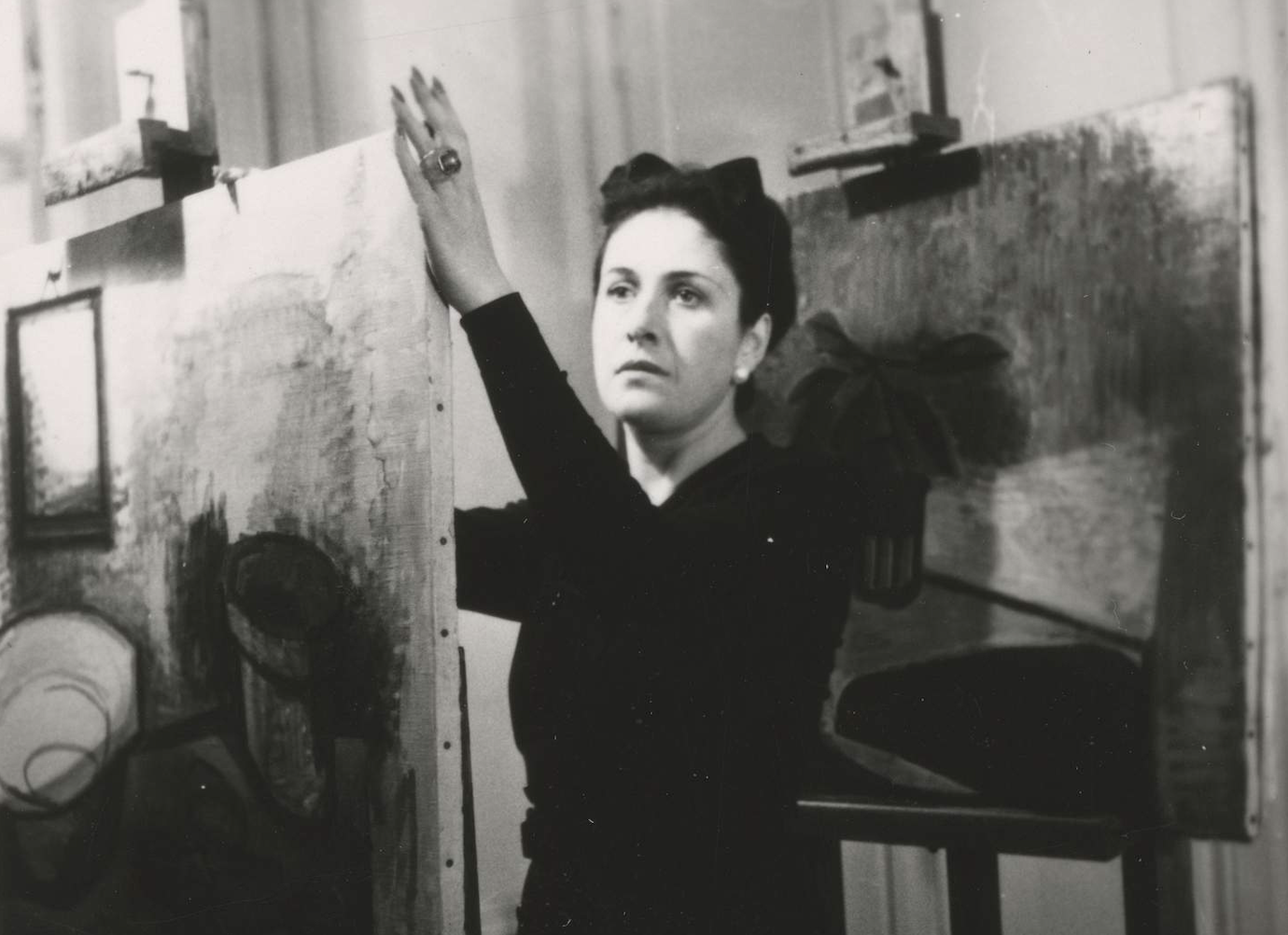
Dora Maar, whose birth name was Henriette Théodora Markovitch, was a French painter, photographer and poet. Born in Paris, she studied painting at the Julian Academy before entering the School of Photography.
In the 30s, she was a member of the Surrealist movement. She opened a photo studio with set designer Pierre Kéfer. Together they made portraits, nudes, advertisements and fashion photographs. Between 1935 and 1936 she was at the peak of her career and creativity. She flourished and was fulfilled as an artist. She made many artistic photos, and her photomontages allowed her to be exhibited alongside other Surrealist artists. She also practiced street photography and was commissioned to take commercial photos, which shook up fashion photography.

The years lie in wait for you (1936); Untitled (1936); Dora Maar dans son atelier by Brassaï (1943); Hand and mirror (1934)
It was at that point in her life and career that she met Pablo Picasso, in 1936. She became increasingly famous, not because of work but because due to her status as “Picasso’s muse and mistress,” and because their relationship got people to talk. It had a very negative impact on her career and mental health. They separated for good in 1946.
At the same time, Dora was dealing with many personal problems. She spent the rest and the end of her life isolated in the South of France, in Ménerbes. But she never stopped creating: she painted abstract landscapes, took up photography again and wrote many poems. Despite all this, her art was mainly rediscovered long after her death.
Practice your French!
- Listen to this podcast about her life and work.
- Watch this video for an exclusive tour of Dora Maar’s exhibition at Le Centre Pompidou.
- Watch this video about her artistic achievement and how her relationship with Picasso changed her trajectory.
NIKI DE SAINT PHALLE (1930-2002)
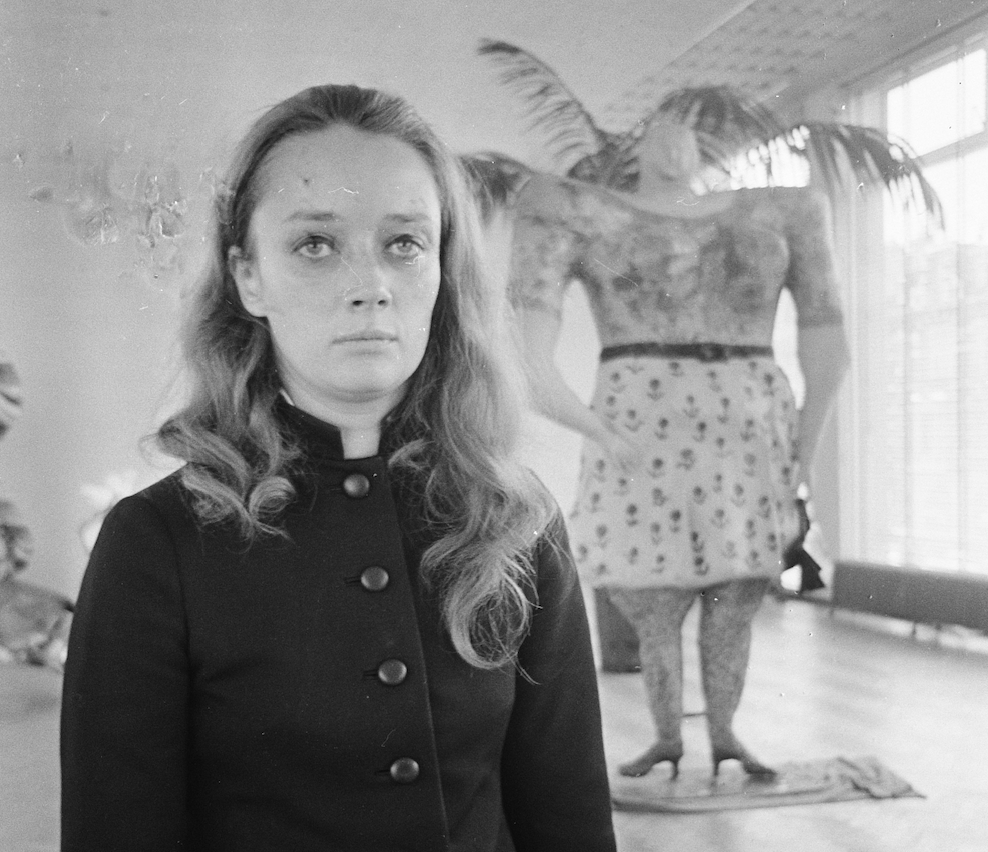
Niki de Saint Phalle was a French-American artist. In 1950, she married author Harry Mathews and they moved to Paris and had two children. She began painting in 1959 after a nervous breakdown. Her artistic discoveries and practice were a revelation, and art soon became her therapy. In 1960, Niki de Saint Phalle and Harry Mathews separated and she moved in with artist Jean Tinguely.
Her first work on show was called “Portrait of My Lover”. The white shirt of one of her exes was displayed, along with a dartboard in place of his head, and visitors were invited to throw darts at it. On February 12, 1961, she put on her first shooting performance: using a rifle, she fired bags of paint at a white canvas. Her approach astonished and attracted media attention, and she joined the Nouveaux Réalistes movement, of which Jean Tinguely was already a member.
Through her works, Niki de Saint Phalle tackled the representation of women. She wanted to combat clichés and classical representations, and thus denounce the patriarchy. In 1965, she began creating her famous “Nanas” in polyester: large sculptures of women dancing with pride, exuding joie de vivre, good humor and uninhibited bodies.

Les Baigneurs; Shooting Picture (1961); Dear Diary (1991)
The artist not only fought for women’s rights, but was also politically involved. She often took a stand against racism and homophobia through her art. In 1986, she wrote and illustrated an AIDS information book entitled “You Can’t Catch It Holding Hands”, in order to raise public awareness and invite solidarity.
She died in 2002 of a lung disease caused by the inhalation of the materials used to create her “Nanas”. She was 71.
Practice your French!
- Listen to one of these podcast episodes about Niki de Saint Phalle’s life, work and rebellious spirit.
- Watch this video for a look into some of her most iconic sculptures: her “Nanas”.
- Watch this video about her short autobiography Mon secret (lit. “My Secret”) talking about her traumatic experience with abuse and how art saved her.
